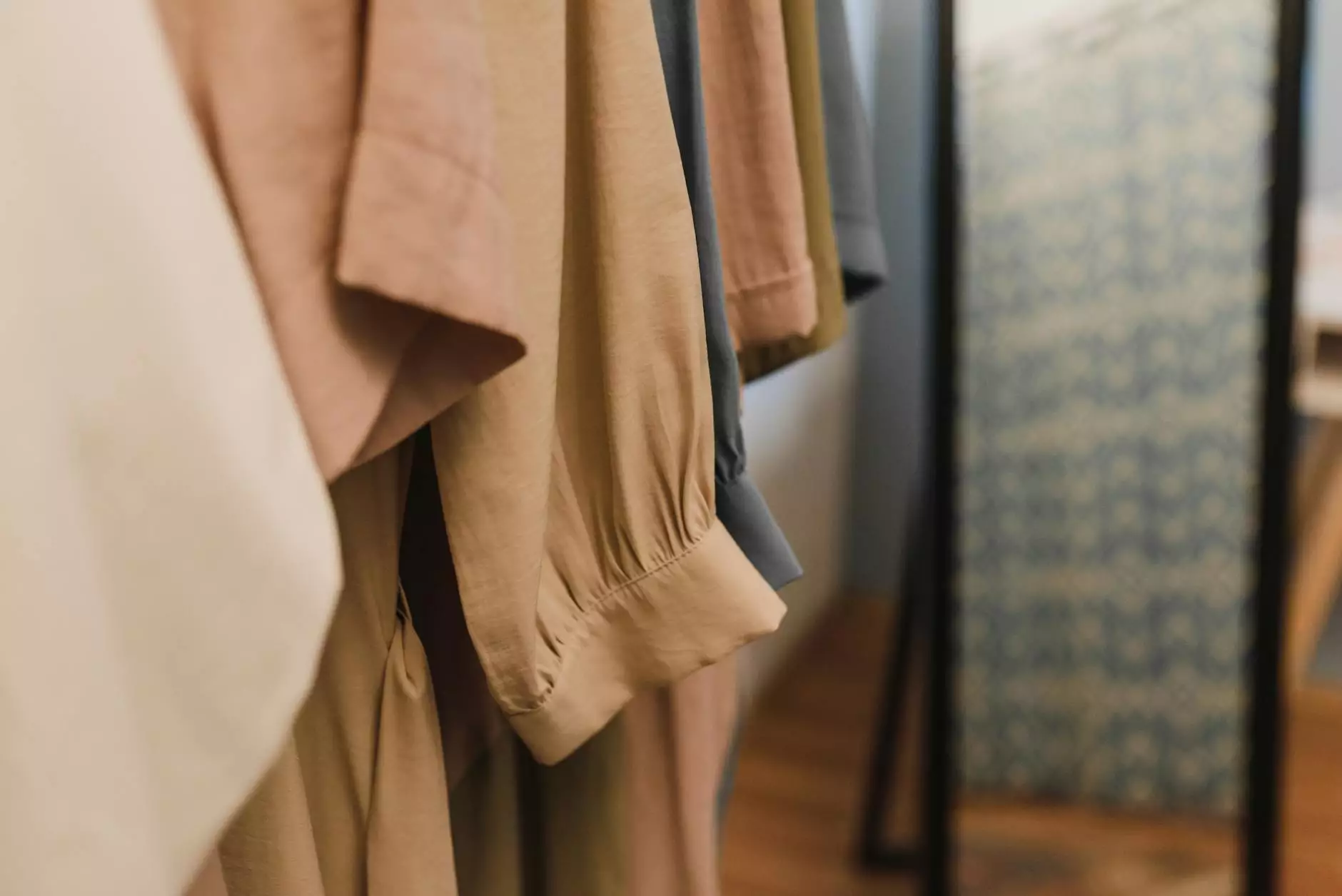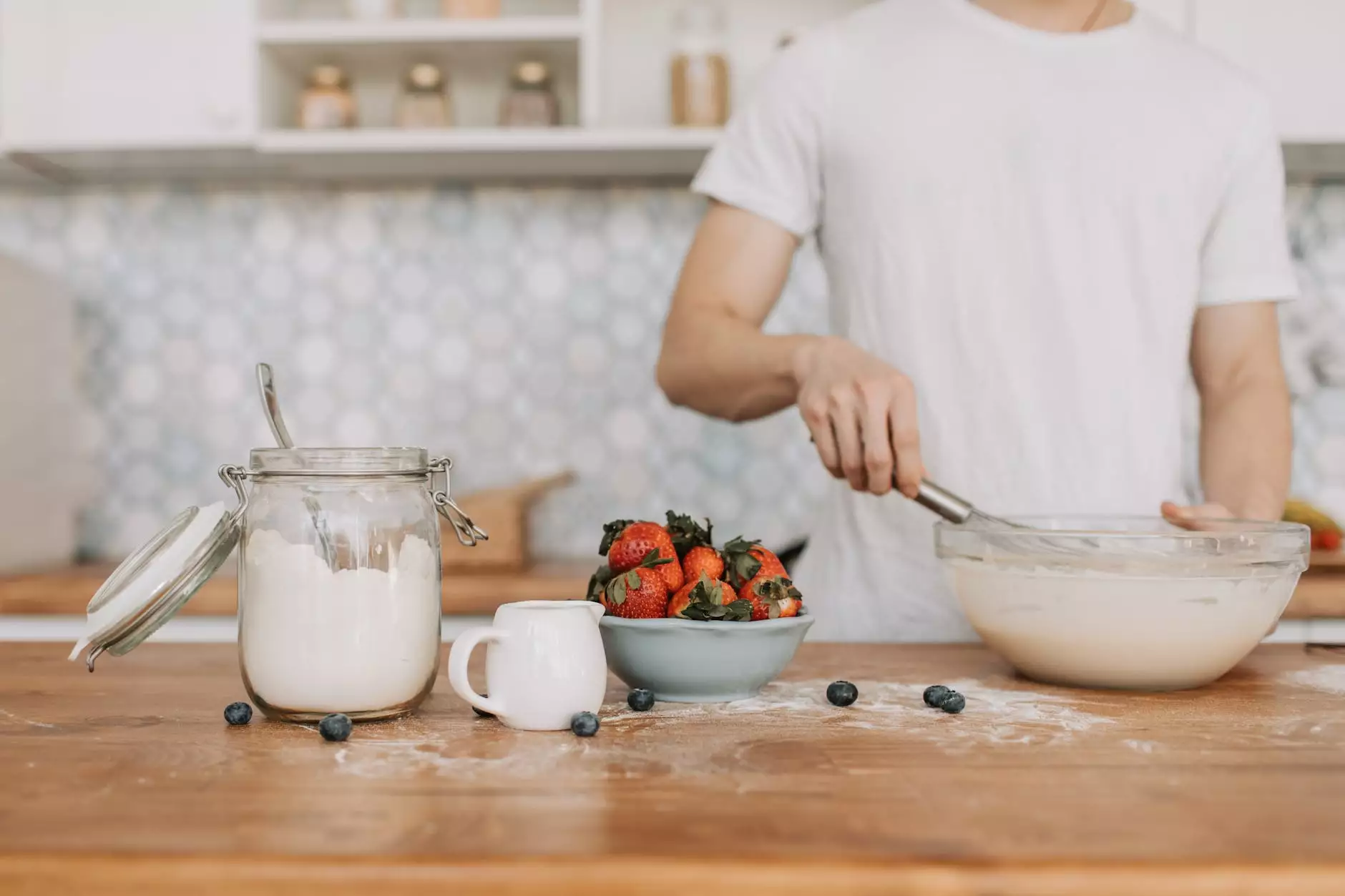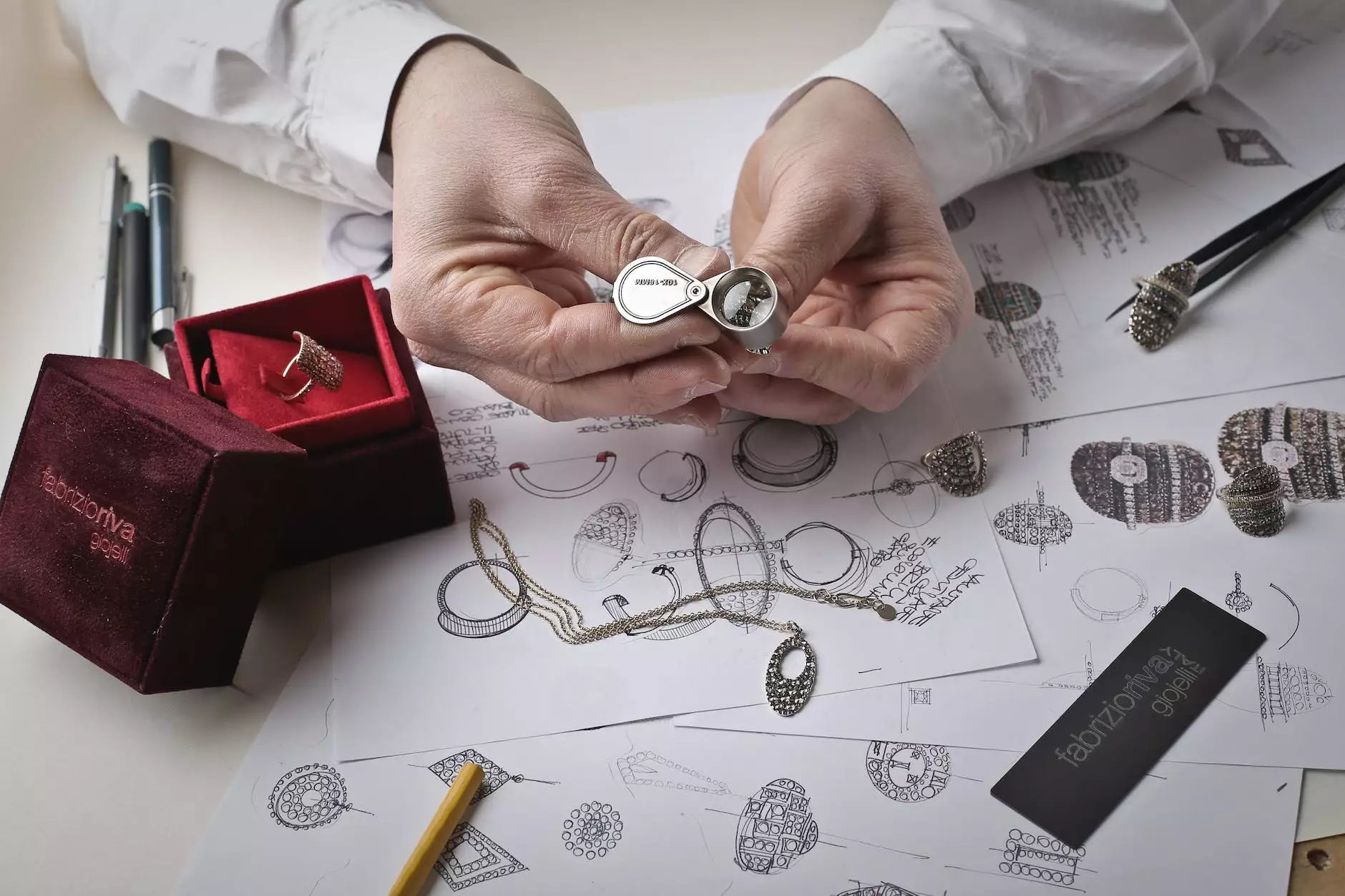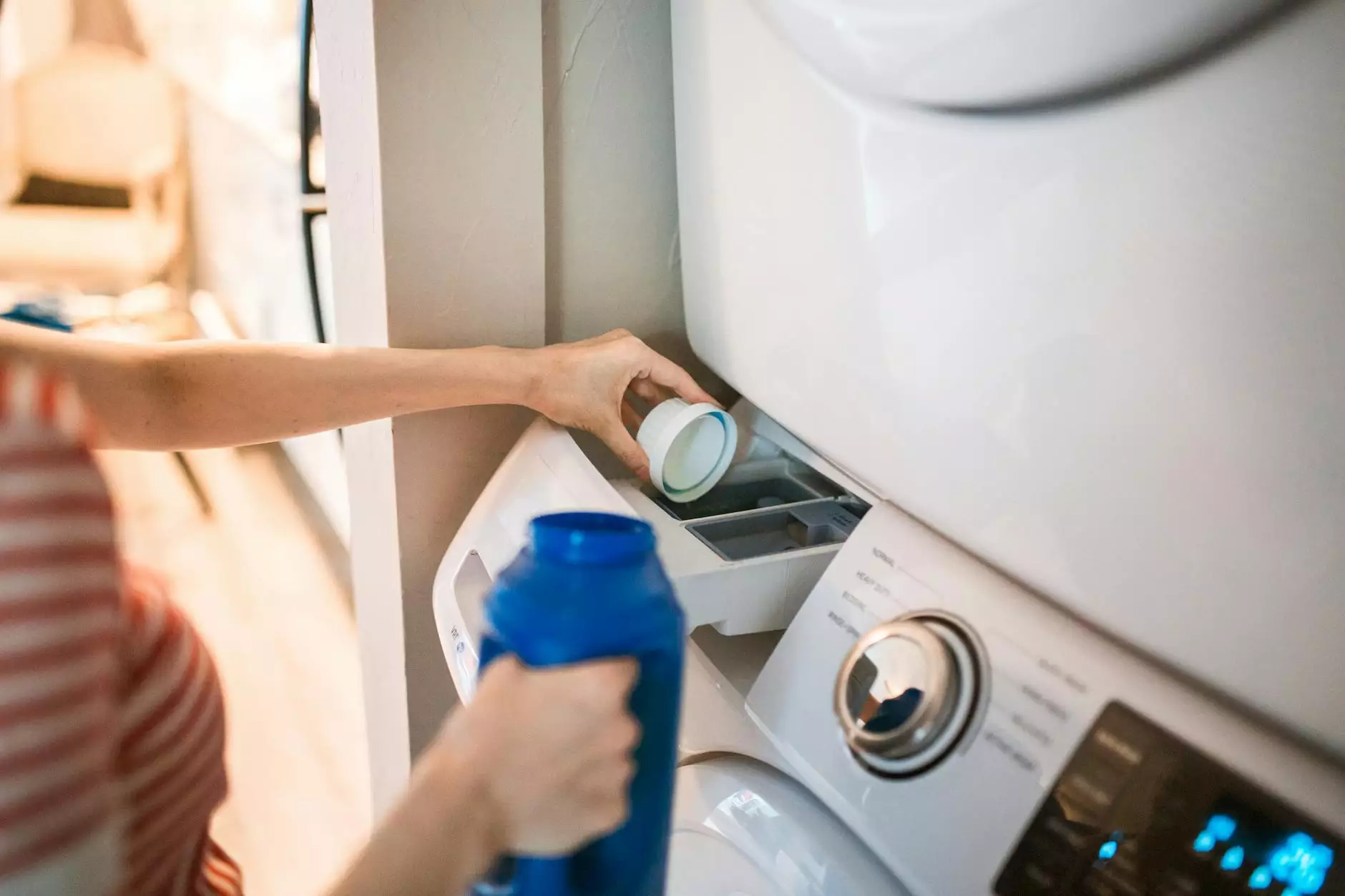Arabica vs Robusta vs Liberica: The Coffee Bean Showdown
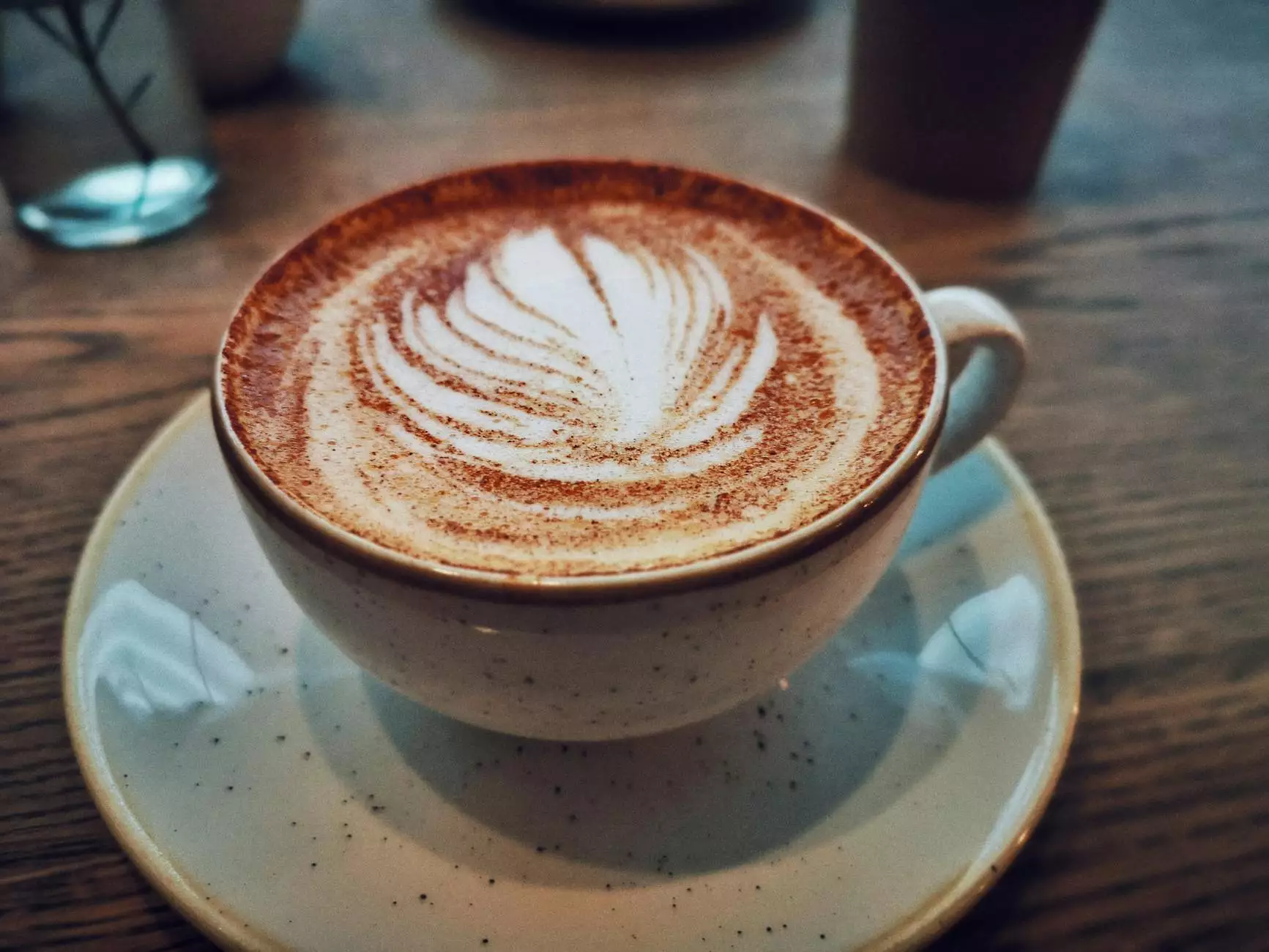
Coffee is one of the most beloved beverages around the globe, captivating millions with its rich flavors and energizing properties. At the heart of every cup of coffee lies its fundamental ingredient — coffee beans. Among the multitude of coffee varieties, the three most significant species are Arabica, Robusta, and Liberica. This article delves deep into these three types, examining their unique characteristics, flavor profiles, cultivation methods, and overall impact on the coffee industry.
The Three Pillars of Coffee: An Overview
Understanding the differences between these coffee varieties is crucial for any coffee lover or industry professional. Here’s a quick overview:
- Arabica: Known for its delicate flavor and aroma, Arabica coffee makes up about 60-70% of the world's coffee production.
- Robusta: Boasting a strong and bitter taste, Robusta beans are preferred for espresso blends and instant coffee.
- Liberica: A lesser-known variety that’s unique to its distinct aroma and flavor profile, often described as floral or fruity.
Diving Deep: The Flavor Profiles
Arabica Coffee: The Gourmet Choice
Arabica beans are often celebrated for their smooth, complex flavor. Rich in sugars, they boast a wide range of taste notes, from fruity and floral to chocolatey and nutty. This complexity is primarily due to the high acidity and low caffeine content, making it the choice for those who appreciate a refined and aromatic brew.
Many coffee enthusiasts describe Arabica as having a wine-like taste, with subtle hints of various fruits. The ideal growing conditions for Arabica include higher altitudes, cooler temperatures, and rich soil, allowing it to develop its signature flavors.
Robusta Coffee: Strong and Bold
On the contrary, Robusta beans offer a starkly different experience. With a higher caffeine content (almost double that of Arabica) and a more bitter flavor, Robusta is often favored for its robust and earthy taste. This makes it a common choice for espresso blends and instant coffee, providing extra crema and body.
The flavor profile of Robusta is usually characterized by a nutty, woody taste, with less acidity than Arabica. Cultivated in lower altitudes and warmer climates, Robusta plants are hardier and more resistant to diseases and pests, which results in a generally lower production cost.
Liberica Coffee: The Exotic Option
Liberica beans stand out with their bold and unusual flavors. Often described as having a floral, fruity, and slightly smoky profile, Liberica provides an adventurous alternative to the more traditional Arabica and Robusta. Its distinct taste can be polarizing, as it deviates significantly from the typical coffee flavor that most consumers are accustomed to.
Grown primarily in West Africa and Southeast Asia, Liberica trees thrive in humid tropical climates. Its unique shape and larger size distinguish it from Arabica and Robusta, making it a fascinating subject of study and appreciation.
Cultivation and Harvesting Techniques
Arabica Cultivation: Conditions and Care
The cultivation of Arabica coffee requires specific conditions: altitude is crucial, with plants thriving at elevations of 2,000-6,000 feet. This altitude helps to slow down the cherry ripening process, enhancing the flavor complexity. Arabica plants also require ample rainfall and protection from direct sunlight.
Harvesting Arabica beans is a labor-intensive process, often done by hand. The cherries mature at different times, so skilled pickers selectively harvest the best cherries during the peak of ripeness, ensuring quality in every batch.
Robusta Cultivation: Resilience and Productivity
Robusta coffee is much more forgiving in terms of growing conditions. It can thrive at lower elevations (600-2,000 feet) and withstand higher temperatures and varying soil quality. This resilience makes it a popular choice for farmers in different regions.
Harvesting Robusta beans is generally easier, as many farmers use mechanized methods, particularly in larger plantations. This efficiency helps to lower production costs and meet the global demand for this robust variety.
Liberica Cultivation: A Unique Challenge
The cultivation of Liberica coffee is less common and often occurs in regions where Robusta and Arabica struggle to thrive. This variety is typically grown in areas with high humidity and consistent rainfall.
Due to its unique growing requirements and lower demand compared to Arabica and Robusta, Liberica can present challenges in terms of commercial viability. However, for those who venture into its cultivation, the resulting beans offer a remarkable flavor profile that satisfies niche markets.
Caffeine Content Comparison
When looking at caffeine content, the differences among Arabica, Robusta, and Liberica are noteworthy:
- Arabica: Contains approximately 1.2% - 1.5% caffeine.
- Robusta: Features around 2.0% - 2.7% caffeine, making it the strongest of the three.
- Liberica: The caffeine content can vary but typically falls closer to Arabica, around 1.5% - 1.8%.
This difference in caffeine content is a significant factor for consumers, influencing their choice based on their desired boost from caffeine. Robusta's higher caffeine level contributes to its bitter flavor, while the lower content in Arabica results in a smoother and more palatable brew.
Global Market Dynamics: Where Do They Stand?
The global coffee market is heavily influenced by the preferences for Arabica, Robusta, and Liberica. Arabica remains the most sought-after bean, dominating specialty coffee markets due to its nuanced flavors and higher prices. However, the robust demand for espresso and instant coffee keeps Robusta relevant and essential to the overall market.
Liberica, while less prevalent in the mass market, has carved out a niche in certain regions, especially in Southeast Asia. Its unique flavor has garnered a following among adventurous coffee drinkers looking for something out of the ordinary.
Conclusion: Choosing Your Coffee Bean
In the battle of Arabica vs Robusta vs Liberica, each coffee type brings its unique charm and characteristics to the table. Arabica is ideal for those seeking intricate flavors, while Robusta caters to those who prefer a stronger, bolder brew. Liberica stands apart as an exotic choice for those willing to explore the edges of coffee flavor.
For coffee lovers and entrepreneurs alike, understanding these differences empowers consumers to make informed choices. Whether you're brewing at home or sourcing beans for a coffee shop, knowing your beans can enhance your coffee experience significantly.
In summary, the world of coffee is rich and diverse, and the discussion of Arabica vs Robusta vs Liberica is merely the beginning of a flavorful journey. Explore, taste, and enjoy each variety, and you might just discover your new favorite brew!


